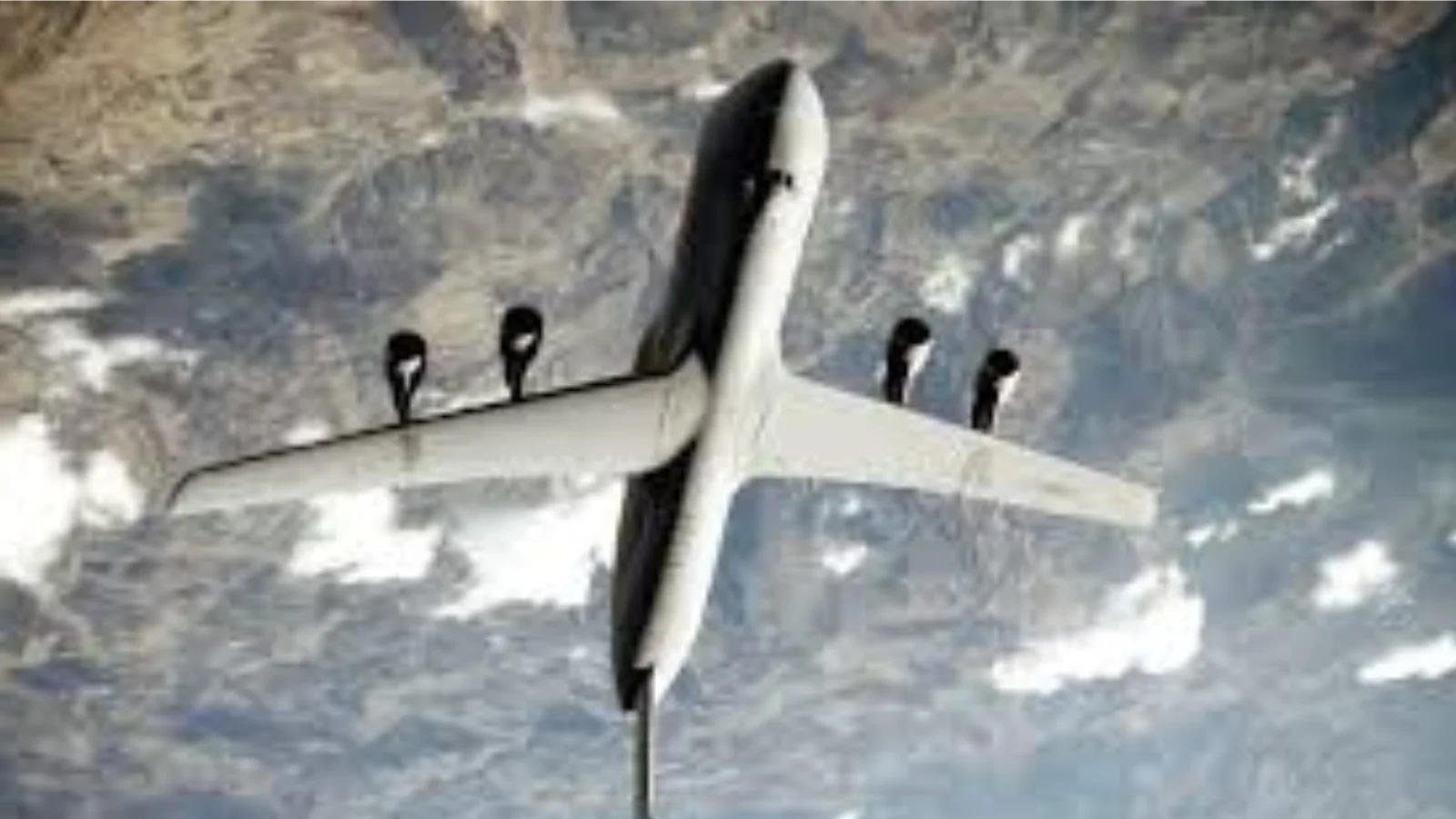When comparing the Lockheed C-5 Galaxy and the Boeing C-17 Globemaster III, it is clear that both aircraft play vital but distinct roles in US military logistics and global mobility. The C-5 Galaxy, which was introduced in the late 1960s and early 1970s, was designed for large-scale, long-range missions, delivering equipment to strategic hubs around the world. Its size and capacity make it a key asset for sustaining forward-deployed forces through global supply chains.
The Boeing C-17 Globemaster III entered service in the mid-1990s with a focus on flexibility. It can support missions ranging from humanitarian relief to frontline resupply and is capable of operating in environments with limited infrastructure.
Both aircraft were developed to address rapid global mobility needs but fulfill different mission profiles. "The C-5, introduced during the Cold War, was built primarily to move massive amounts of equipment and cargo across intercontinental distances. Its primary mission is strategic airlift, delivering oversized and heavy cargo from US bases to major logistical hubs around the world." Meanwhile, "the C-17 was conceived during a period of changing military needs...providing the ability to deploy rapidly into forward operating areas with minimal infrastructure."
 Alerts Sign-up
Alerts Sign-up




































